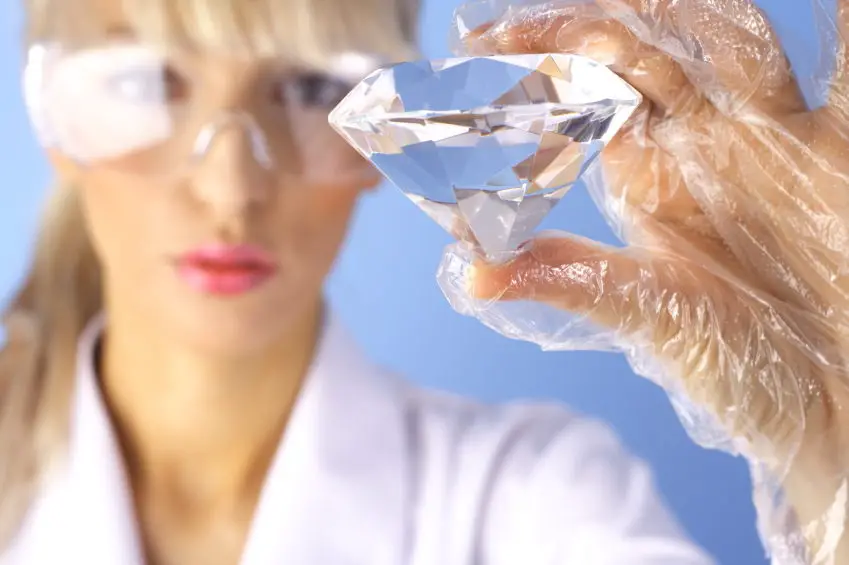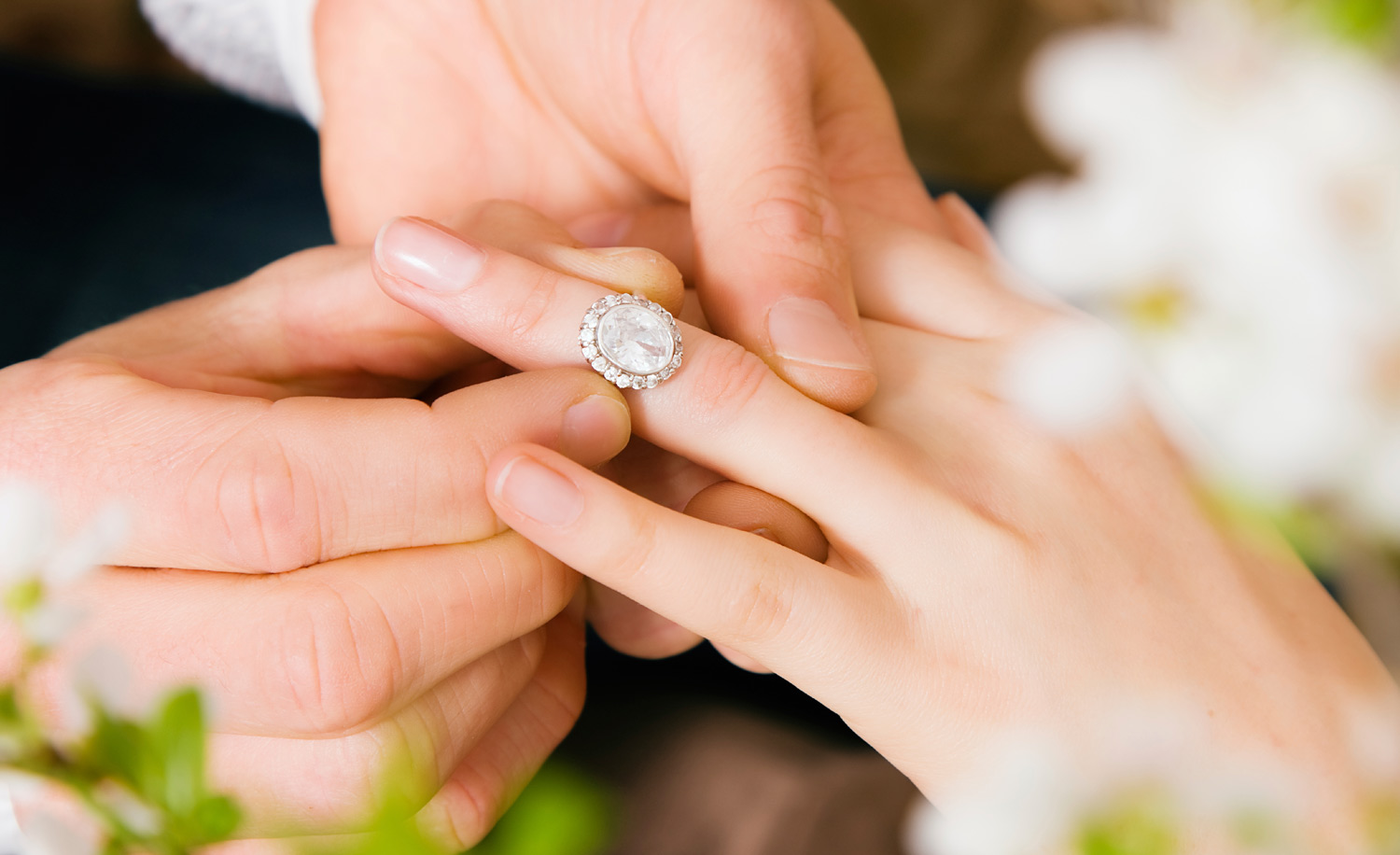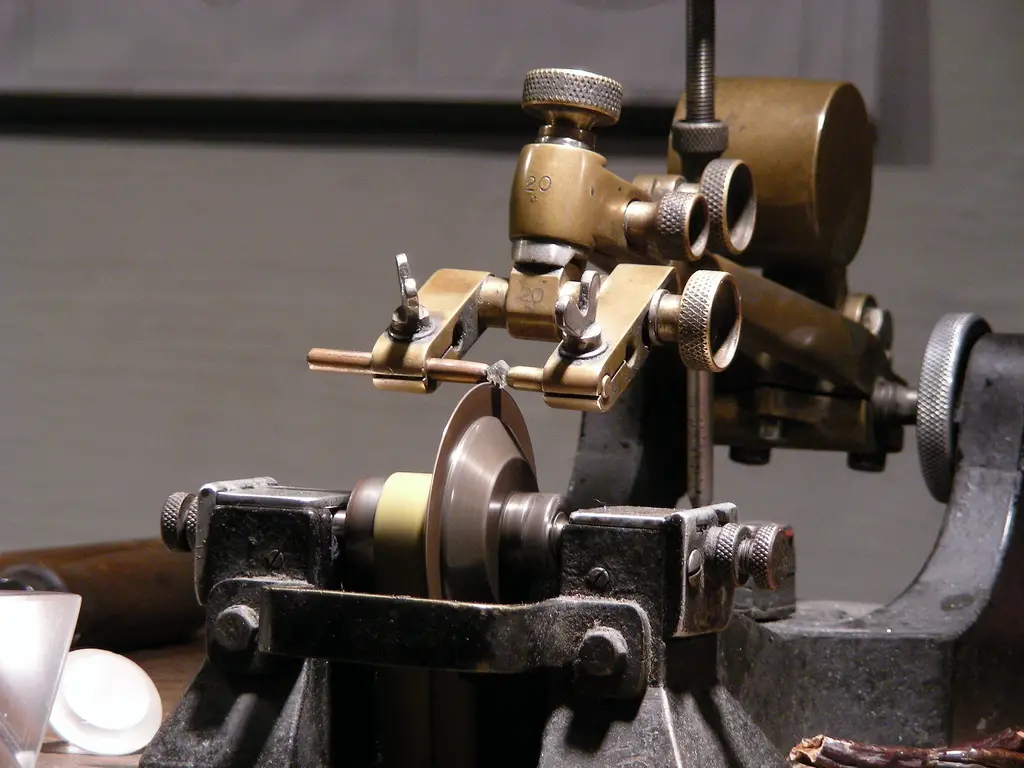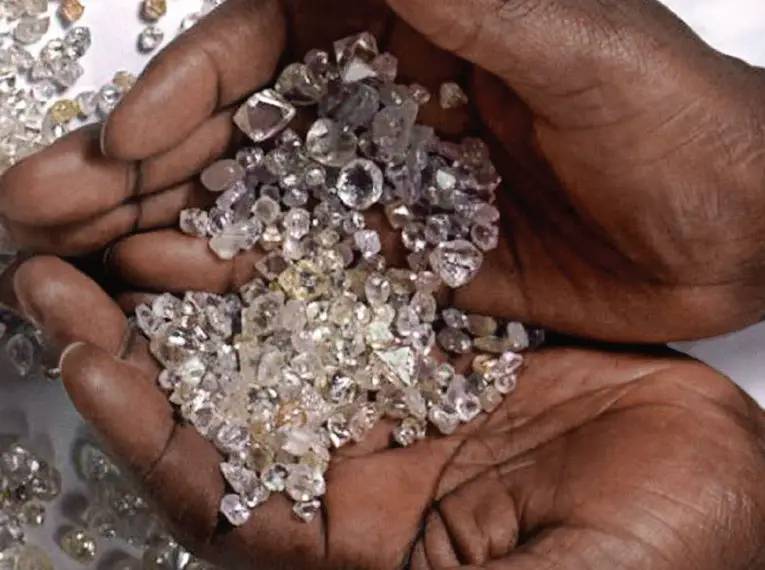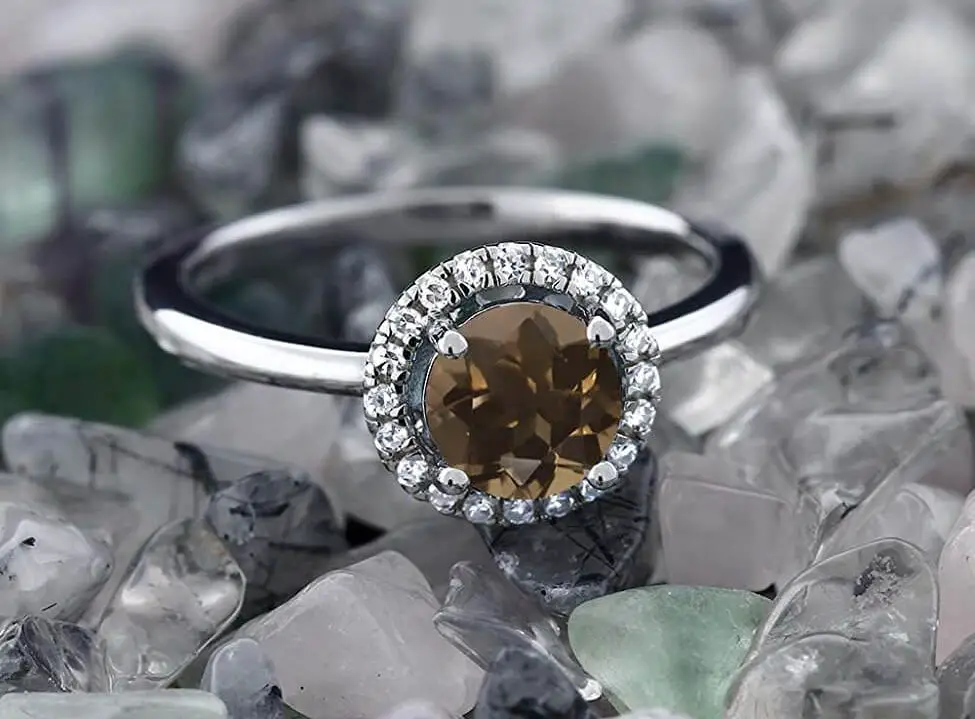What Diamonds Are Made Of?
Diamonds are considered precious gemstones, but their origins are quite humble. When diamonds are polished for jewelry, they sparkle brilliantly. However, the raw diamond looks very different from its polished state. Diamonds form deep within the Earth under intense heat and pressure over billions of years. The composition and structure of diamonds sheds light on this transformative process.
Diamonds are made up of carbon atoms that have been subjected to intense heat and pressure deep within the Earth’s mantle. This process causes the carbon atoms to form a crystal lattice structure, resulting in the formation of a diamond.
Diamonds are Carbon, Right?
Most people know that diamonds are formed from carbon. The carbon is often referred to as “coal“, though that term isn’t exactly correct. However, turning carbon into diamonds is as much about the process as about the carbon. It’s a process that scientists still don’t truly understand.
Read Also: Are Diamonds Organic?
Diamonds Were Formed Billions of Years Ago
The carbon dioxide that forms diamonds is buried about 100 miles inside the earth. Extreme pressure and heat are the forces that turn the carbon into a diamond. The required heat is about 2200 degrees Fahrenheit, and the pressure about 725,000 pounds per square inch. Then, the diamond must move closer to the surface of the earth quickly, in order to cool.
Diamond Formation Process Timeline
- Carbon Accumulation:
- Approximate Duration: Millions of Years
- Carbon atoms begin to accumulate deep within the Earth’s mantle over millions of years.
- Intense Heat and Pressure:
- Approximate Duration: Tens of Millions of Years
- Extreme heat (around 2200 degrees Fahrenheit) and pressure (about 725,000 pounds per square inch) act on the accumulated carbon, causing it to transform into a crystalline structure.
- Diamond Formation:
- Approximate Duration: Tens to Hundreds of Millions of Years
- The carbon atoms gradually align and bond together to form the diamond crystal lattice structure.
- Uplift and Cooling:
- Approximate Duration: Tens of Millions of Years
- The diamond, still deep within the Earth’s mantle, slowly moves closer to the surface through geological processes. During this time, it gradually cools.
- Diamond Discovery and Extraction:
- Duration: Variable (when humans discover and mine diamonds)
- Once diamonds are discovered and mined, they are brought to the surface and prepared for various uses, including jewelry and industrial applications.
This process requires precision in each step, making diamonds a true wonder of nature, and explaining why the stones are so valuable.
What are Synthetic Diamonds Made Of?
Today’s scientists produce synthetic diamonds, too. There are two methods for making synthetic diamonds. The first mimics that natural process very closely. Pieces of graphite are turned into diamonds using extreme pressure and temperatures, as well as electricity. This process turns graphite into diamond over several days, though these diamonds are not as pure as the natural stones.
The second process uses a tiny piece of diamond to create a much larger “sheet like” diamond. The small piece of diamond is depressurized and then, using natural gas, and microwaves, it is heated to about 2000 degrees. This creates new carbon atoms that stick to the diamond, adding to its size. This type of synthetic diamond is often used in computers, as it is extremely heat tolerant.
Is My Jewelry Made of Lab-Created Diamonds?
Synthetic or Lab Created diamonds are becoming very popular among today’s consumers. These diamonds are not fake and cannot be compared to “simulated” diamonds, like cubic zirconia. These are actual diamonds, with the only difference being that these were created in a lab rather than in the earth. Only professionals, using special equipment, can tell the difference between a lab-created diamond and a natural diamond. (Read Also: What Are Lab Grown Diamonds?)
Lab-Created diamonds cost about thirty percent less than natural diamonds, making them a great choice for many consumers. However, when you are buying a synthetic diamond, this fact must be disclosed to you from the jeweler.
Comparison of Natural and Synthetic Diamonds
| Characteristic | Natural Diamonds | Synthetic Diamonds |
|---|---|---|
| Origin | Earth | Laboratory |
| Cost | High | Lower |
| Purity | Generally pure | Varies |
| Durability | Extremely durable | Durable, but not as much as natural |
| Special Uses | Jewelry, industry | Industry, electronics |
Now that you have a better understanding of what diamonds are made of, you can use this information to help you choose the perfect diamond for you. Whether you choose a natural diamond or one that is lab-created, you can be assured that a diamond is the perfect choice for a one of a kind piece of jewelry you’ll treasure forever.

